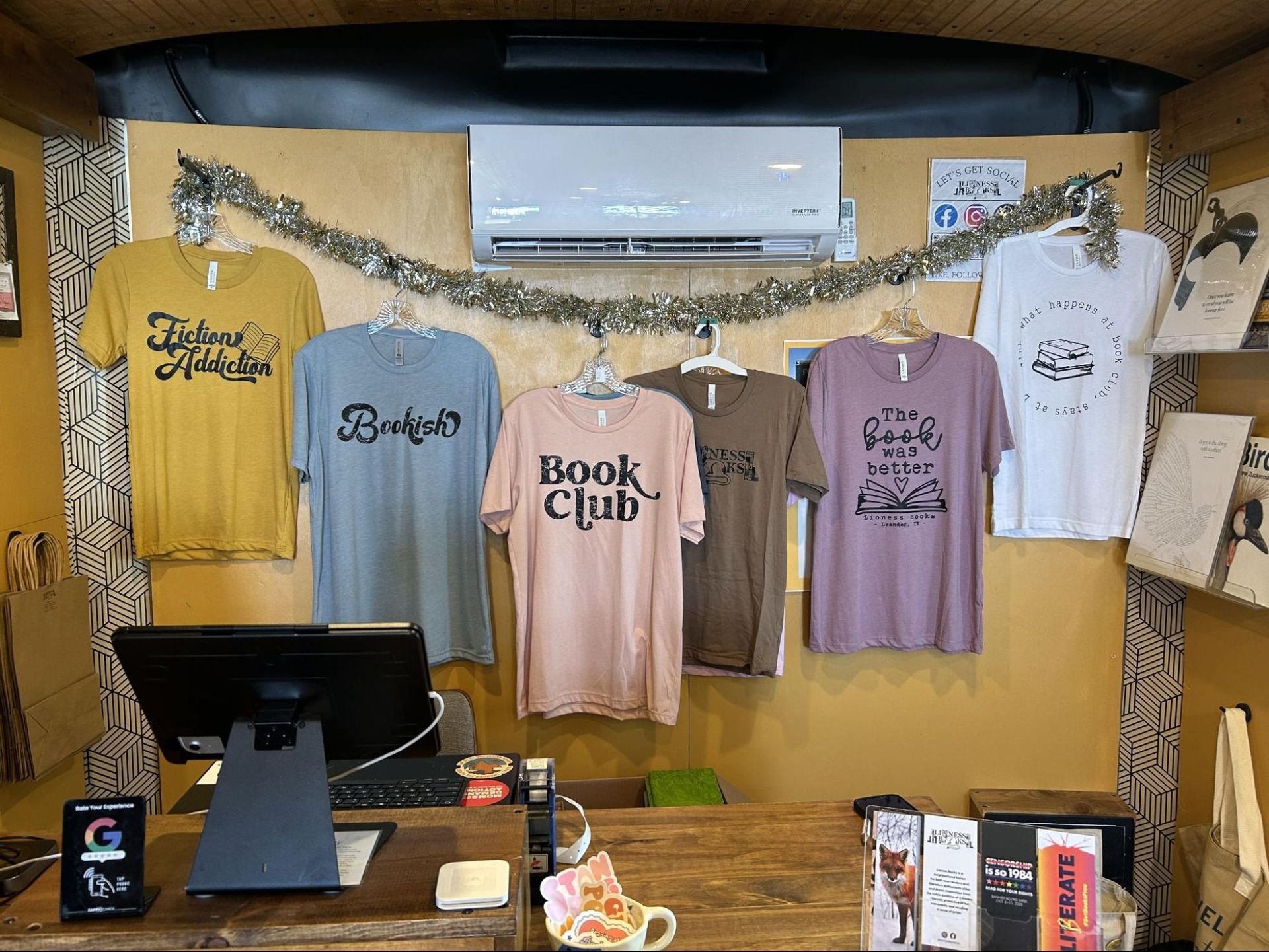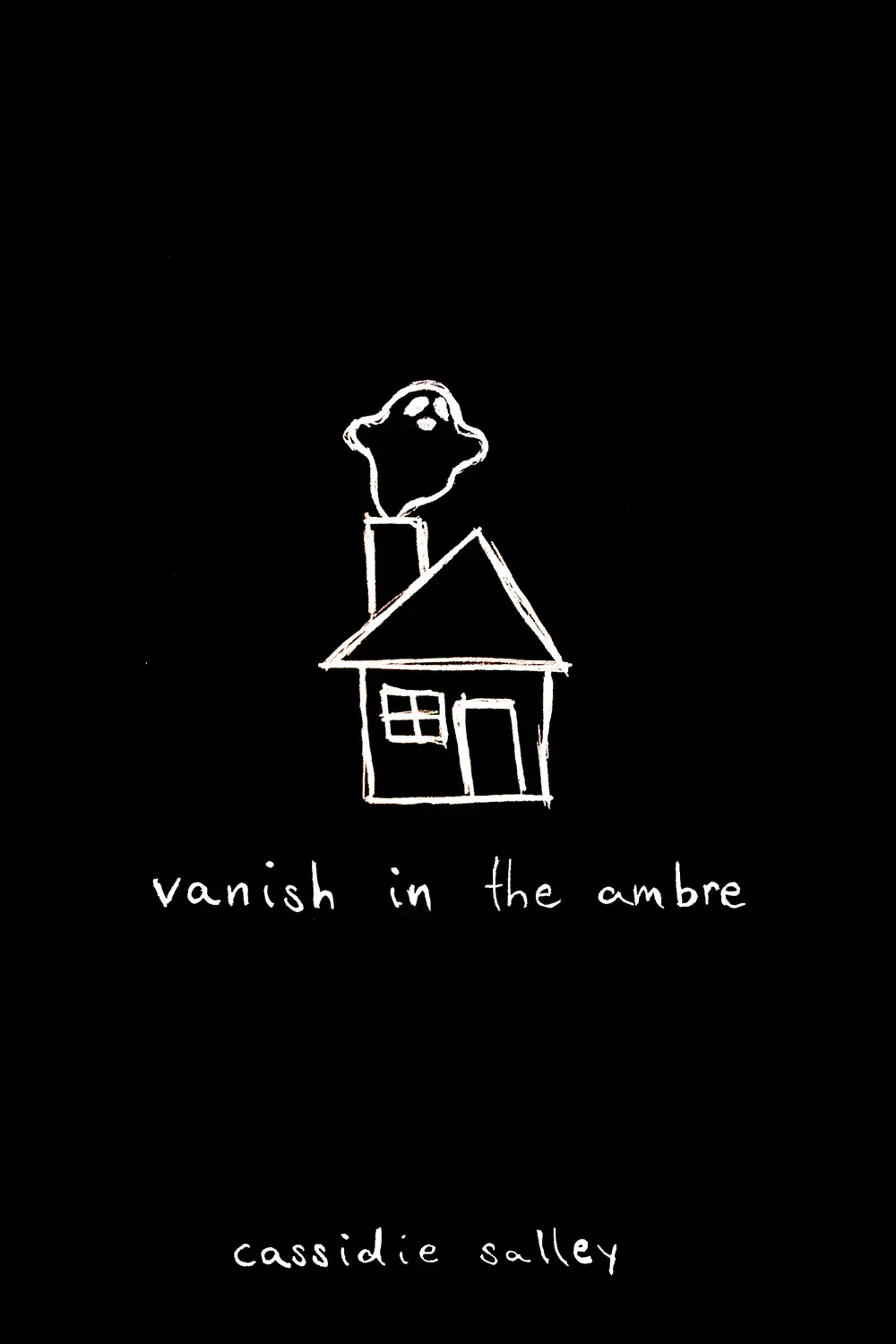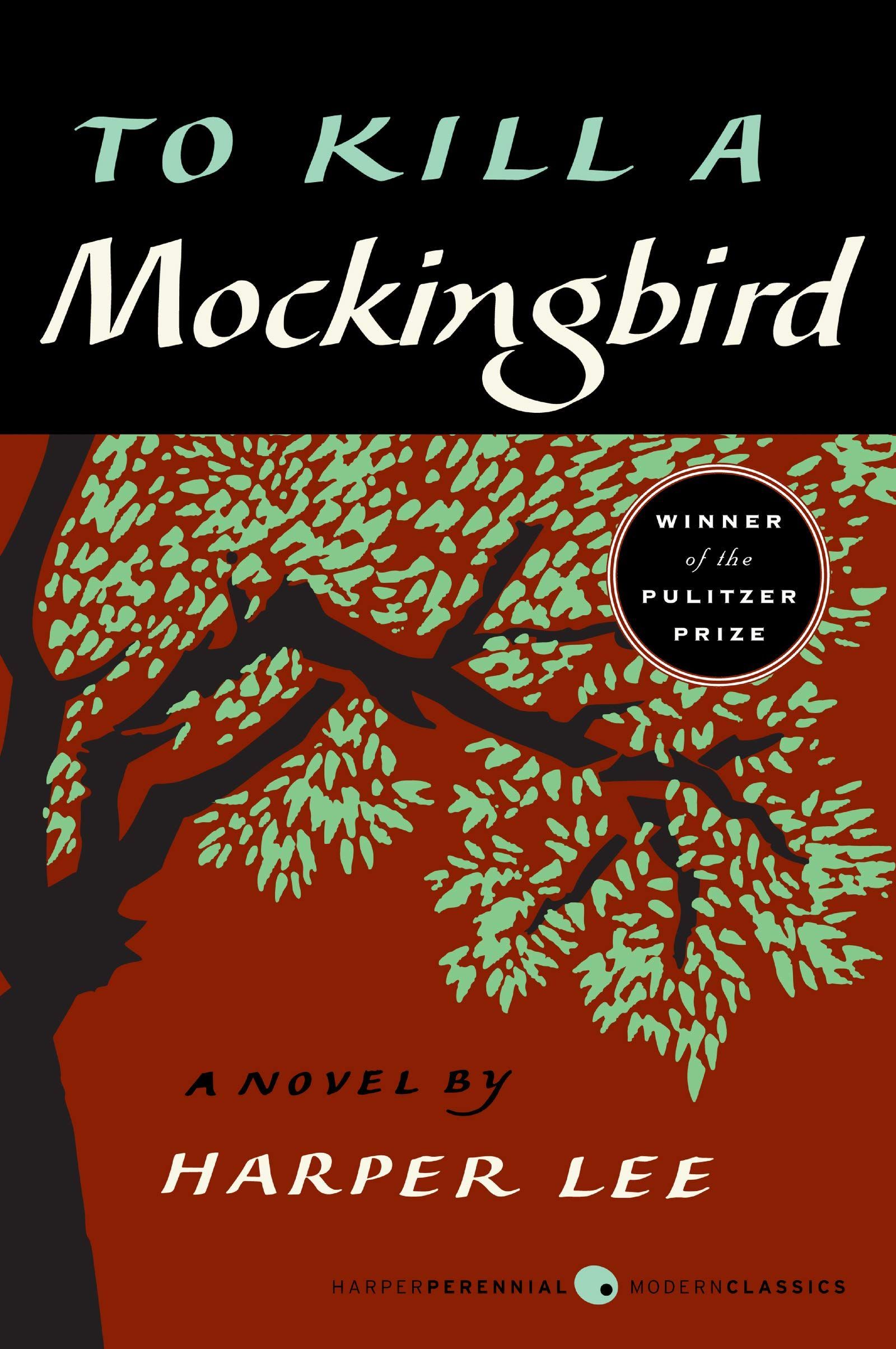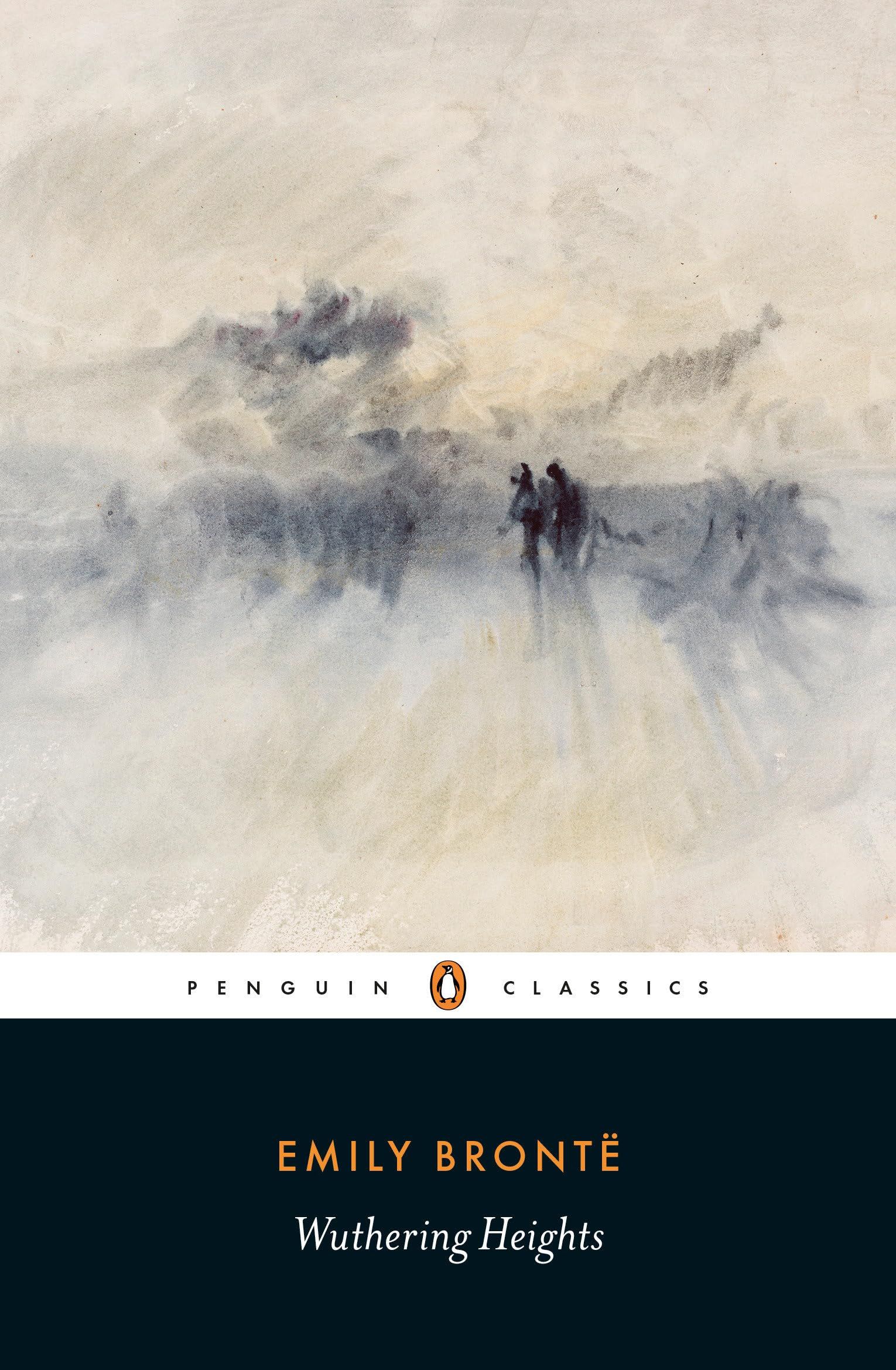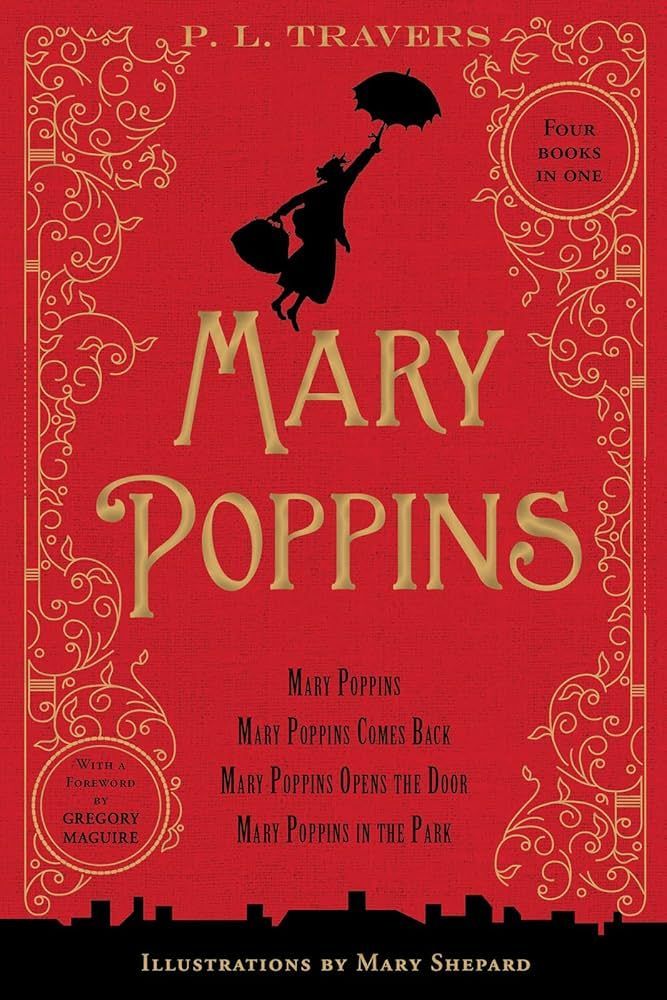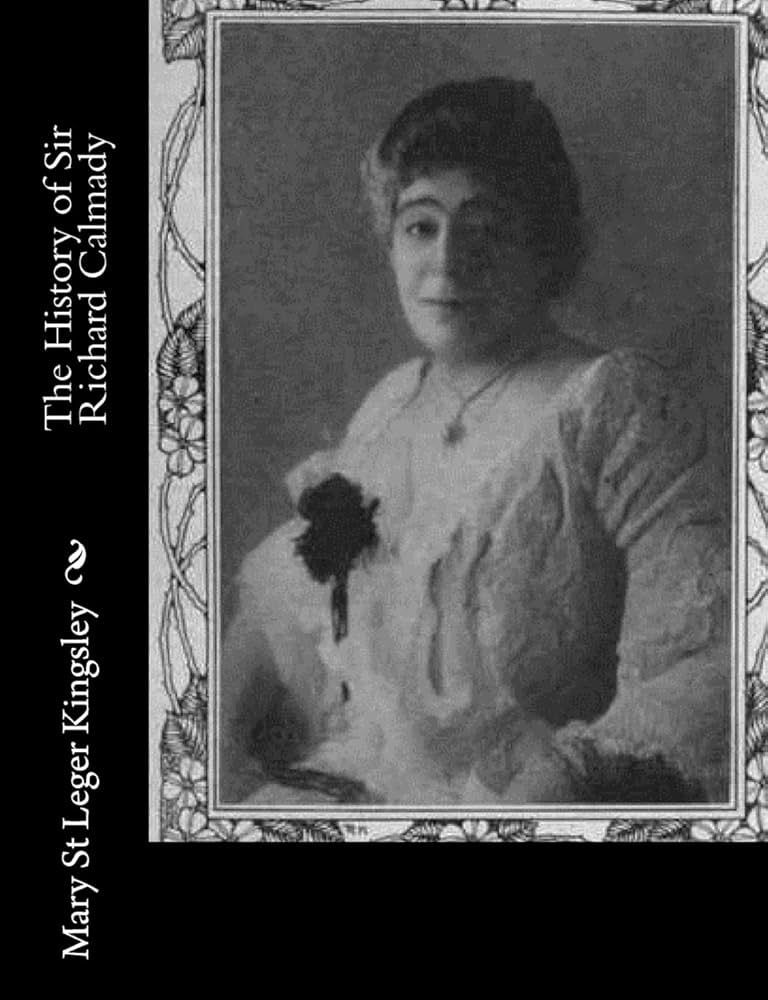The literary world has long been a battlefield for women seeking recognition. Before the 19th century, publishing under a woman’s name was not just discouraged—it was nearly impossible. Women were barred from universities, denied access to formal education, and often silenced in intellectual spaces.
This struggle is both vividly and humorously portrayed in modern takes on literary history, like
the series Dickinson. While the show takes creative liberties in its depiction of the titular poet, it captures the frustration and obstacles women faced in making their voices heard.
In one scene, Emily Dickinson—portrayed by Hailee Steinfeld—reveals that one of
her poems was published anonymously in a local paper. Her father erupts in anger, saying her actions could tarnish the reputation he had carefully built for the family
Though fictionalized, this moment reflects a reality that persisted even into the 1990s. For centuries, women had to fight for a place in the literary world, often resorting to male pseudonyms or publishing anonymously just to be taken seriously.
Many refused to let these barriers define them, using whatever means necessary to ensure their voices were heard. Let’s take a closer look at the women who defied the odds and shaped modern literature as we know it today.

2. Middlemarch - Mary Ann Evans
(Published under the name George Eliot)
Middlemarch follows the story of Dorothea Brooke, a bright and idealistic woman who, hoping to make a meaningful impact on the world, marries the much older scholar Edward Casaubon. She believes this union will allow her to engage in his intellectual work, only to find herself reduced to little more than a secretary, stifled and unfulfilled.
Another intertwined narrative follows Tertius Lydgate, an ambitious doctor who marries Rosamond Vincy, a woman who fits his ideal of femininity—docile, refined, and polished. However, Rosamond assumes Lydgate is wealthy and sees their marriage as a step up in society, only to be disappointed when financial struggles ensue.
In more ways than one,
Middlemarch reflects the wildly unexplored, yet stark realities of the time—women marrying older, wealthier men, hoping for the freedom to pursue their own aspirations, only to find themselves trapped by societal expectations.
Eliot’s commitment to realistic fiction was groundbreaking, as novels of the era often leaned toward romance or idealized portrayals of life. Instead, she delivered a nuanced, psychological exploration of marriage, ambition, and social constraints that made
Middlemarch a literary landmark.

4. The Harry Potter Series - Joanne Rowling
(Published under the name J.K. Rowling)
Joanne Rowling, better known as J.K. Rowling created
Harry Potter which is considered to have redefined modern fantasy literature. What set her writing apart was the intricate world-building, with fictional locations like Hogwarts, Diagon Alley, and the wizarding world as a whole feeling as real as any historical setting.
Despite the series popularly marketed as a novel for kids and young adults, the series tackled deeply mature themes, such as the fight against oppression, propaganda, and warning against the dangers of unchecked power.
Rowling chose to publish under J.K. Rowling rather than Joanne Rowling, as her publisher feared a female author’s name might deter young male readers. Regardless,
Harry Potter became a literary phenomenon and sparked a fierce following that still endures today.
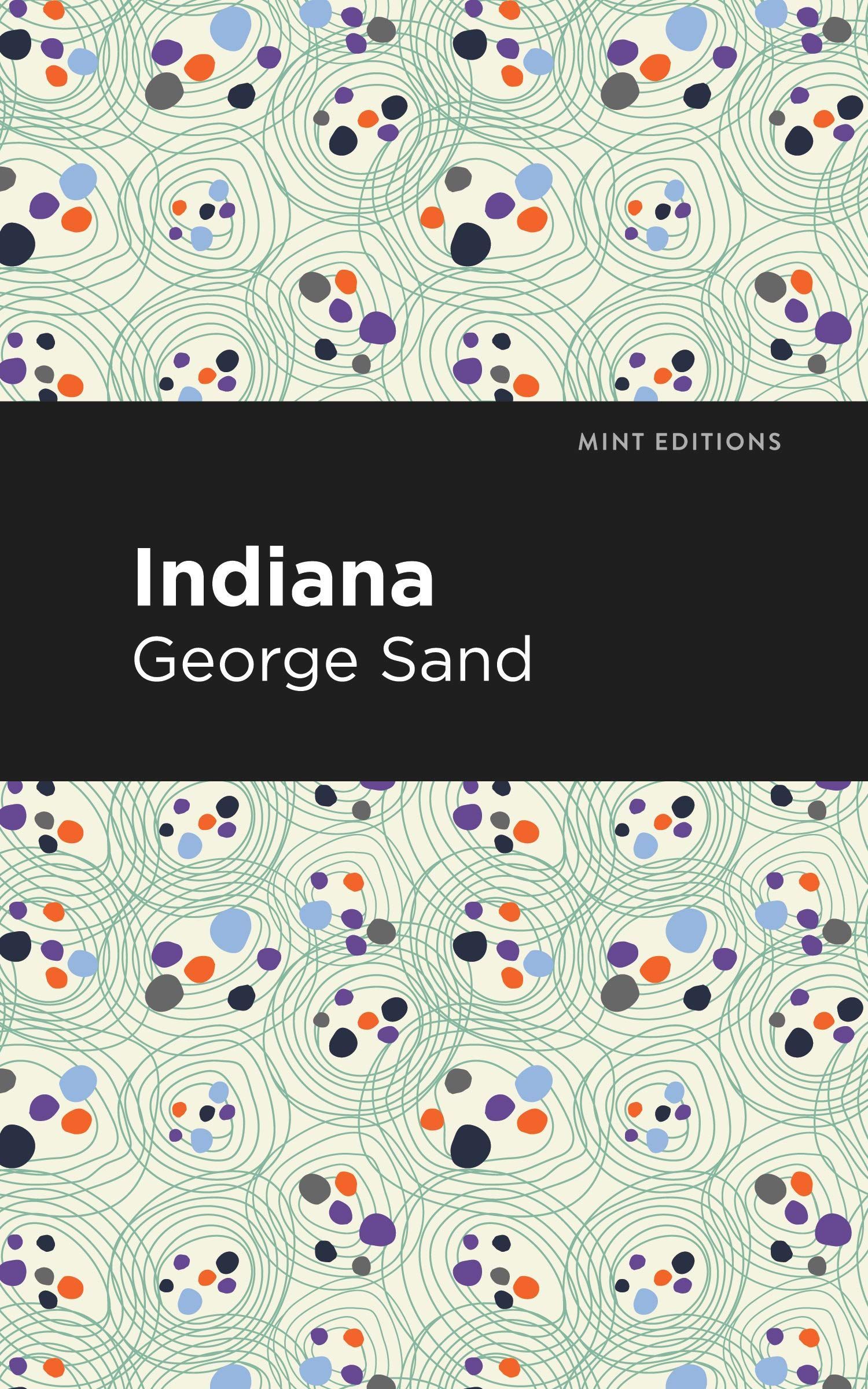
6. Indiana - Amantine Aurore Dupin
(Published under the name George Sand)
Before she became George Sand, she was Amantine Aurore Dupin. Dupin was mainly raised by her grandmother for most of her childhood, whose home set the backdrop of many of the novels she wrote.
Like many women in France and in other parts of the world during her time, she was expected to conform to rigid expectations of womanhood. Instead she defied conventions, by not just leaving her husband, but dressing as a man to gain access to male-dominated intellectual circles and live on her own as a writer.
Her first published novel,
Indiana (1832), set the tone for her literary career. The novel follows Indiana, a young noblewoman trapped in an oppressive marriage to an older, controlling husband. Desperate for freedom and longing for passion, she is drawn to Raymon, a charming but ultimately self-serving man who exploits her vulnerability.
Through Indiana’s struggles, Sand exposed the suffocating constraints placed on women, challenging the idea that marriage was their only destiny.
At a time when women writing about female desire and autonomy risked backlash—or outright condemnation—publishing as George Sand gave her the freedom to challenge the very society that sought to silence her.
